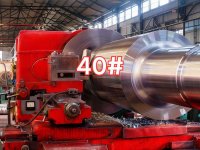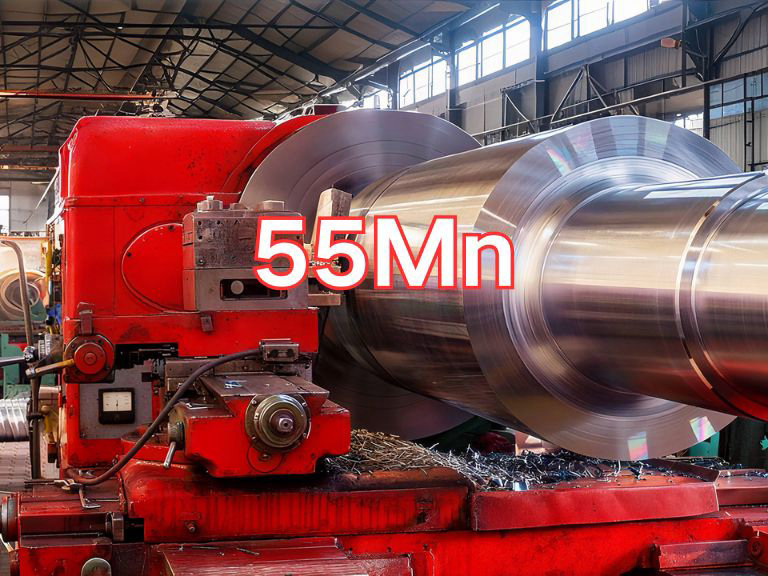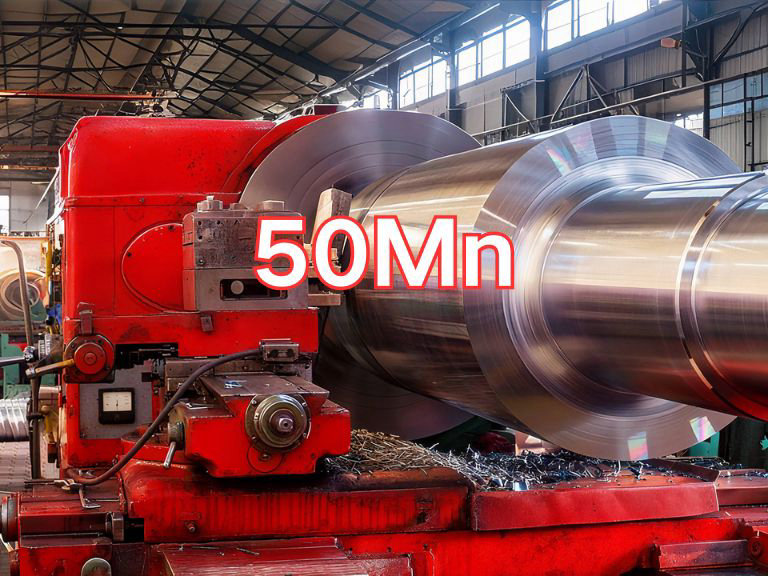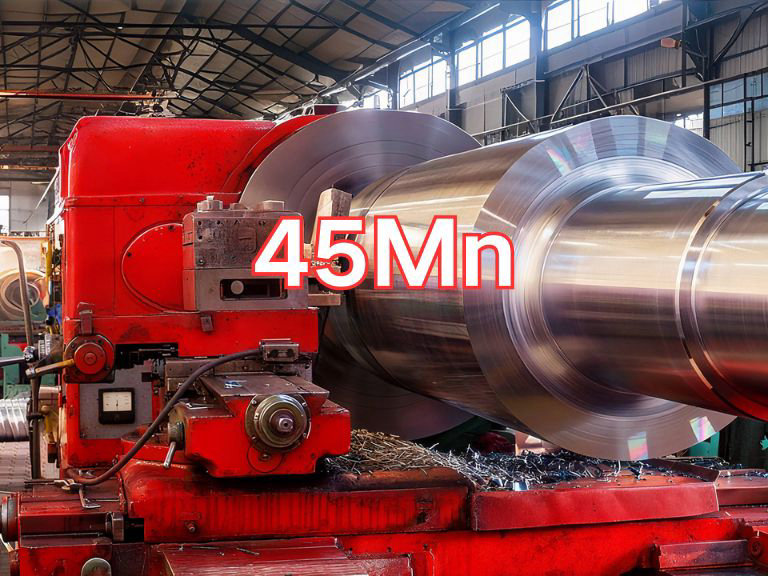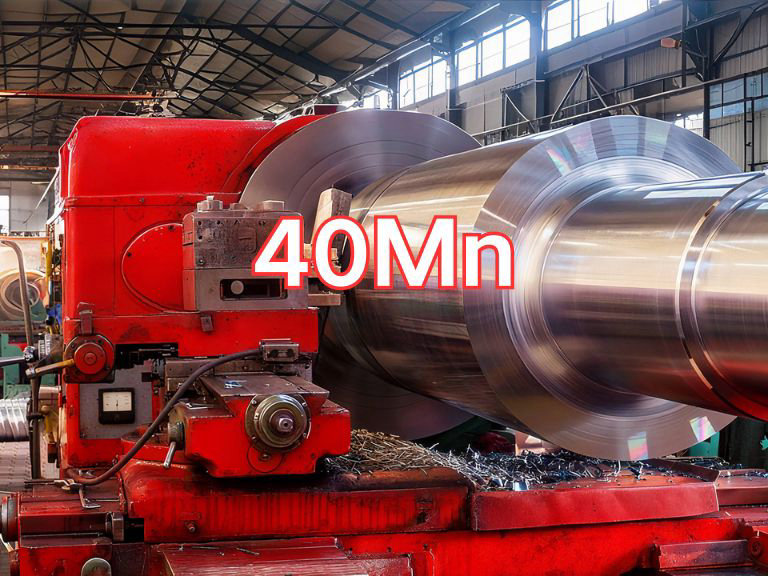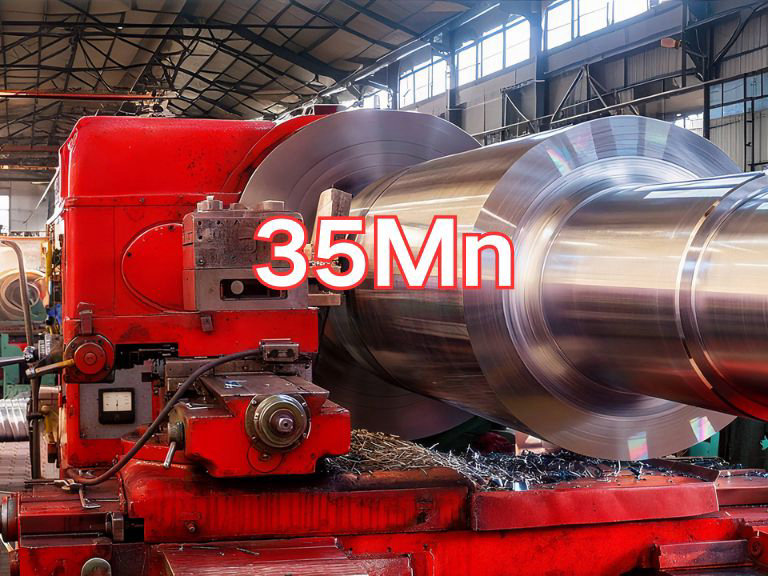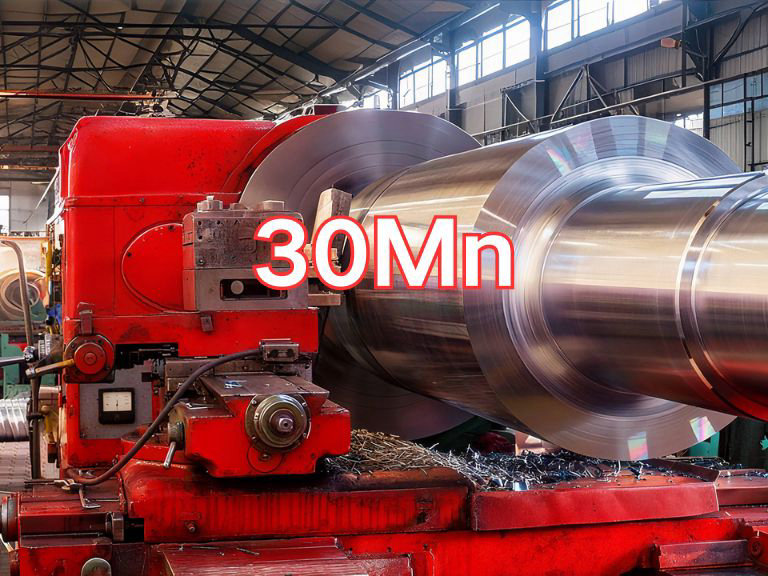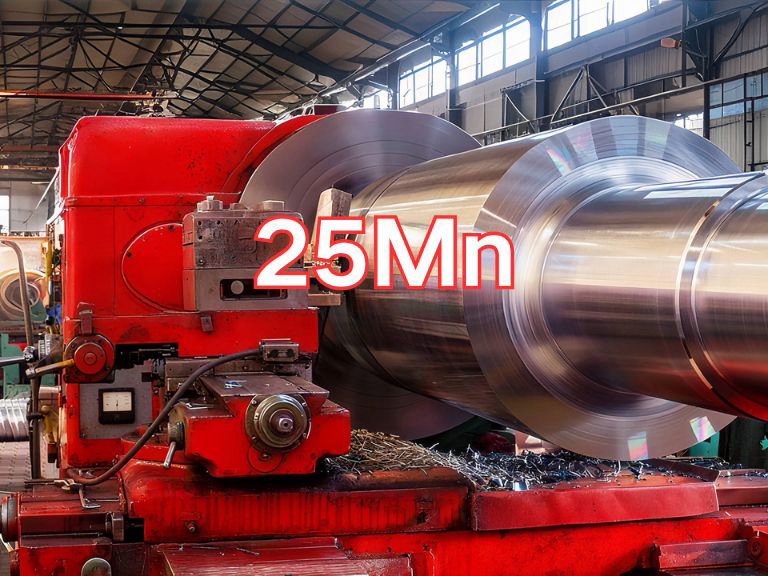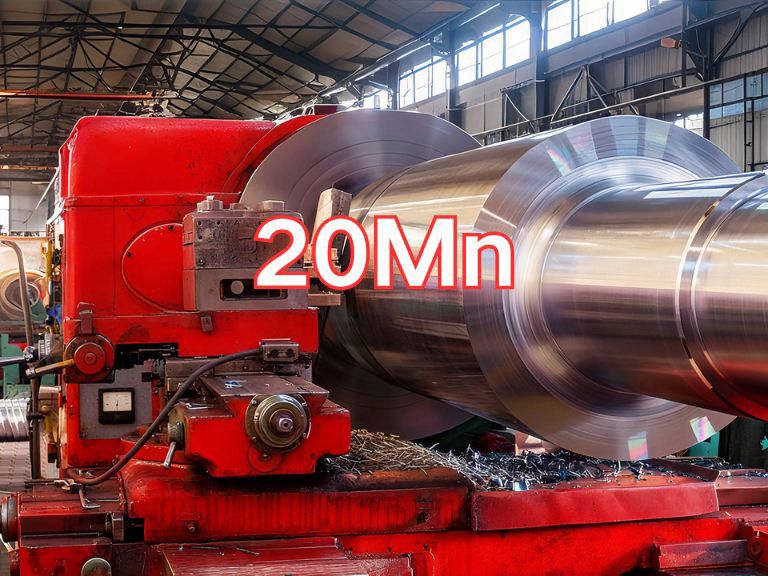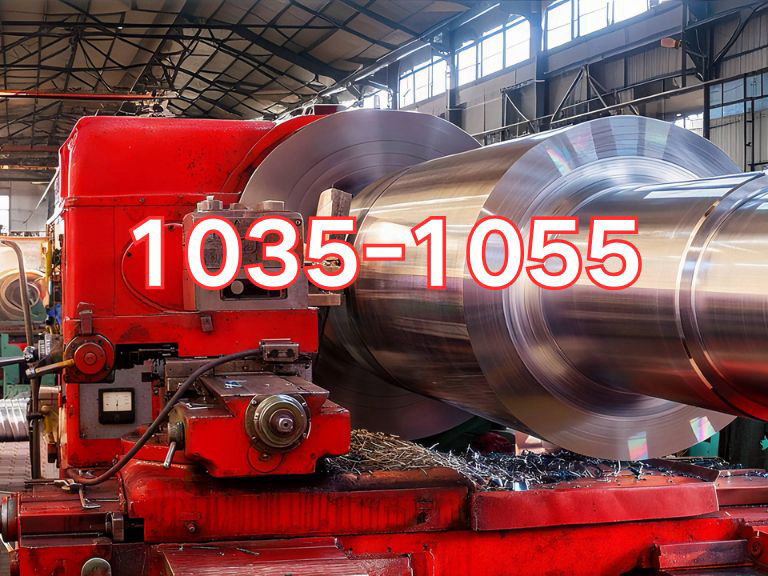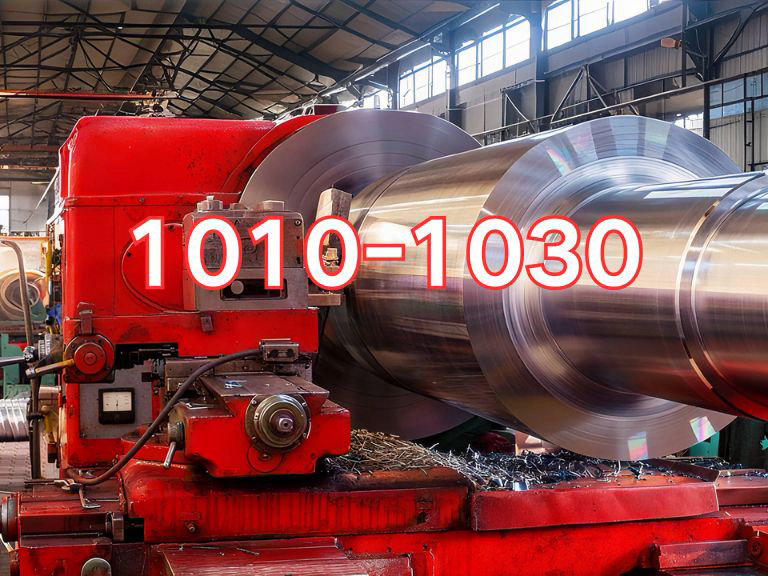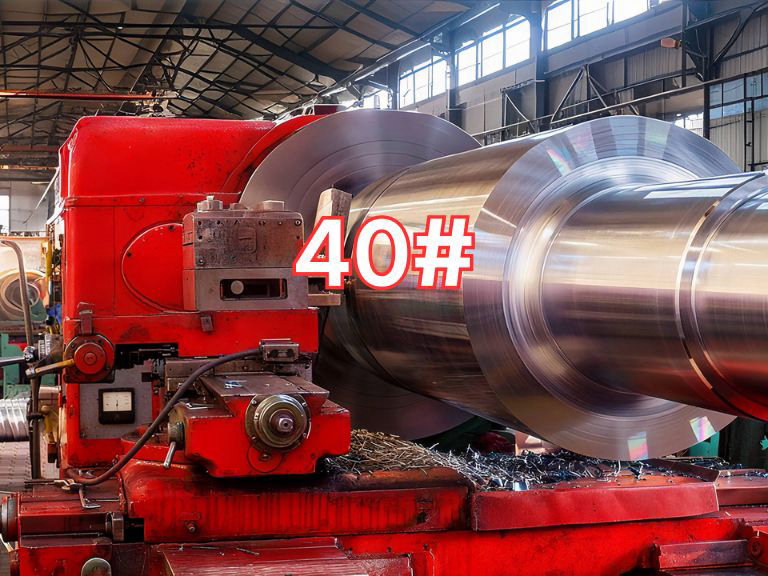

40# Steel Plate
40# steel plate is a commonly used high-quality carbon structural steel plate. The designation "40#" indicates that the average carbon content of this steel is approximately 0.40% (forty-thousandths). This naming convention originates from China's traditional steel grading system, where "#" means "number" and the number represents the carbon content in ten-thousandths. Therefore, 40# steel belongs to the medium-carbon steel category, featuring relatively high strength with adequate ductility and toughness. After quenching and tempering heat treatment, it achieves excellent comprehensive mechanical properties, making it widely used in manufacturing mechanical components subjected to moderate loads.
The primary applications of 40# steel plate are in the machinery manufacturing industry. It is commonly used to produce shafts, gears, connecting rods, bolts, sleeves, and other parts requiring a good balance of strength and toughness. Due to its favorable machinability and responsiveness to heat treatment, 40# steel is extensively applied in industrial equipment, general machinery, automotive components, and agricultural machinery. For example, it can be used to manufacture engine crankshafts, drive shafts, and machine tool spindles. Additionally, it finds use in structural components where welding performance is not a critical requirement.
Key characteristics of this steel include high strength, moderate hardness, good wear resistance, and fatigue strength after quenching and tempering. It also exhibits excellent machinability, facilitating turning, milling, drilling, and other machining processes. However, its weldability is average, requiring preheating and post-weld heat treatment to prevent cracking. Owing to the absence of substantial alloying elements, 40# steel is cost-effective and offers high value, making it an economical and practical material choice in mechanical manufacturing.
Currently, 40# steel plate complies with the national standard GB/T 699-2015 "High Quality Carbon Structural Steel". This standard supersedes the older GB/T 699-1999, providing unified specifications for chemical composition, mechanical properties, dimensional tolerances, and surface quality. In GB/T 699-2015, the formal grade designation for 40# steel is "40," with a carbon content range of 0.37%–0.44%, and strict control of harmful elements such as sulfur and phosphorus to ensure consistent and reliable quality. Users should explicitly specify compliance with GB/T 699-2015 when purchasing to ensure the material meets design requirements.

Ultrasonic Testing (UT)
A key non-destructive testing technique that uses high-frequency sound waves to detect internal flaws in steel plates. The probe emits sound waves, which reflect when encountering defects such as cracks or inclusions. The receiver captures the echoes, enabling precise determination of defect location and size. With high sensitivity, strong penetration, and fast inspection speed, UT effectively ensures internal quality, widely used in the production of heavy plates, pressure vessel plates, and other high-end products to guarantee safety and reliability.

Magnetic Particle Testing (MT)
A common surface inspection method that magnetizes the workpiece, causing leakage magnetic fields at surface or near-surface defects like cracks or inclusions, which attract magnetic particles to form visible indications. Simple to operate and highly sensitive, MT is suitable for rapid inspection of surface and near-surface flaws in ferromagnetic materials, widely used for online or offline inspection of plate edges, ends, and welds, ensuring product quality and safety.

Penetrant Testing (PT)
A non-destructive method for detecting surface-breaking flaws. A penetrant liquid is applied to the cleaned steel surface, allowing it to seep into defects such as cracks or pores. After removing excess penetrant, a developer is applied, causing the trapped penetrant to bleed out and form visible indications. Simple and cost-effective, PT is suitable for inspecting surface defects in various non-porous materials, commonly used for welds, castings, and complex components, effectively ensuring surface quality of steel plates.

